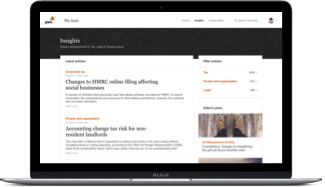Intangibles and substance requirements are at the heart of the BEPS project. It is easy to predict that the new OECD guidelines will put suppliers under increased scrutiny by tax authorities. In the past many tax authorities have challenged the business models of suppliers if the income of group companies do not commensurate with their substance. The new guidelines will provide strong support for this view.
Sec. 1.48 of the OECD guidelines puts out an example of a license manufacturer which is dependent on the parent’s IP and technical expertise. Moreover, the example states that the parent company negotiates contracts on behalf of the license manufacturer. The OECD concludes that the functions performed, assets used, and risks assumed were not in line with the license agreement. It seems that the OECD suggests that the subsidiary should instead be qualified as a contract manufacturer. This would mean that invoicing streams of taxpayers must be changed, i.e. in the example the subsidiary would invoice the parent company which then issues an invoice to the customer.
The OECD example might easily be applied to the supplier industry. Many suppliers license IP and attribute market and volume risk to their factories which execute customer projects and invoice customers. In such a situation, the local factory of a supplier would leverage upon the services and the various intangibles supplied by the parent company (or other group entities) which have provided the IP, the application engineering services and the sales services.
As shown above, the business model would result in a situation where the local factory of a supplier could end up earning residual profits/losses, which is not aligned with the functional profile of a factory which is executing the projects. Ideally, the local subsidiary of the supplier should be entitled to a stable routine return and the entrepreneurial profits / losses would need to reside with the parent company.
If the supplier is faced with the above situation the business model needs to be carefully reviewed:
